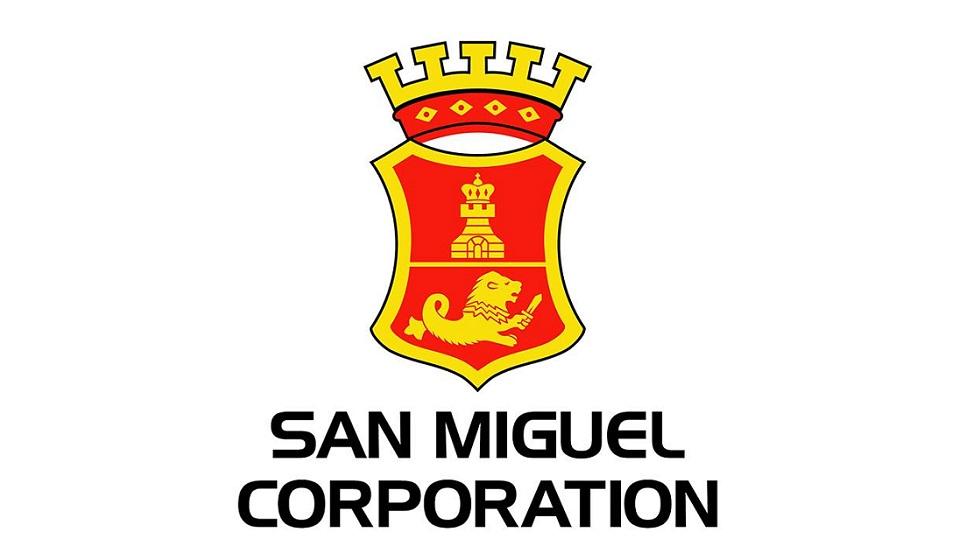San Miguel investing P122B for SLEX Toll Road 5, Pasig River Expressway projects

Conglomerate San Miguel Corp. (SMC) said Tuesday it is investing more than a hundred billion pesos for two new major infrastructure projects aimed at decongesting Metro Manila and boosting the economy.
The two projects, namely, the 420-kilometer South Luzon Expressway Tollroad 5 (SLEX-TR5) and Pasig River Expressway (PAREX) have a combined P121.8 billion investment in the Philippine economy.
In a statement, SMC president and COO Ramon Ang said that much of the investment will go into salaries for thousands of workers and payments to local contractors, materials suppliers, haulers, and the national and local governments.
“As we said before, San Miguel is fully committed to helping our country overcome this crisis. A big part of that is to continue, and not hold back, on new investments. These projects will deliver hundreds of thousands of jobs and put money in the hands of the Filipinos—sustaining and boosting our economic recovery, even as we build for a much better future,” Ang said in a statement.
“SLEX TR5 will take four years to complete, and PAREX, three years. By that time, the pandemic would have been far behind us. Other major infrastructure projects would also be complete. Our Bulacan Airport project would also be complete. So imagine: within five years, the Philippines will be transformed, and be better than ever,” he added.
The Department of Transportation’s (DOTr) Toll Regulatory Board (TRB) earlier designated SMC’s proposed SLEX TR5 and PAREX as certified toll road projects.
With this, the Technical Working Group (TWG) of the TRB, composed of representatives from the DOTr, the Department of Public Works and Highways (DPWH), the National Economic and Development Authority (NEDA) and Department of Finance (DoF), are now conducting discussions with SMC and its joint venture partner, Philippine National Construction Corp. (PNCC), on the technical, financial, and legal considerations for the project.
The specific features and benefits of the proposed projects are the following:
SLEX TR5
- A 420-kilometer, four lane expressway starting from SLEX TR4 in Brgy. Mayao, Lucena City Quezon, ending at the Matnog Ferry Terminal in Sorsogon.
- It is a P26.38 billion investment under a Build-Operate-Transfer (BOT) scheme with a concession period of 30 years. It can be completed in 46 months.
- It will reduce travel time from Lucena to Matnog from 9 hours to 5.5 hours, and connect major urban centers in Quezon and Bicol.
- It will provide better and safer access to tourist destinations, roro ports, fish ports, and food production/agriculture areas.
- It will provide a faster road alternative from Metro Manila and hasten the development of new growth centers in the Quezon and Bicol regions and other southern parts of the country.
PAREX
- A 19.40-kilometer, six-lane, elevated expressway traversing the entirety of the Pasig River, it will start from Radial Road 10 (R10) in Manila and end at a connection of the South East Metro Manila Expressway (SEMME) at Circumferential Road 6 (C-6).
- An investment of P95.4 billion under a 30-year BOT scheme, it can be completed in 36 months.
- It will reduce travel time from R-10 to C-6 to just 15 minutes and directly connect the western and eastern cities of Metro Manila.
- It will decongest primary corridors of R10, EDSA, and C-5 by providing connectivity among toll roads and freeways and diverting traffic to other alternative routes.
- It will provide faster access to the country’s largest business districts, Makati, Ortigas, and BGC.
Start of construction of the projects is eyed as soon as all permits and clearances are obtained, according to Ang.
“Hopefully, we will be able to finalize with the government and they will find our proposals favorable to the country. In the short to medium term, many of our people need jobs. Among the most affected by the economic impact of COVID-19 are laborers, those who rely on daily wages, and many in the construction industry,” he said.
“We also have a lot of engineers or technical and labor workers from abroad who have either lost their jobs or decided to come home to their families, but now face an uncertain future. We can use their talent, experience, know-how, and skills to help us build our country back better,” he added.—AOL, GMA News




